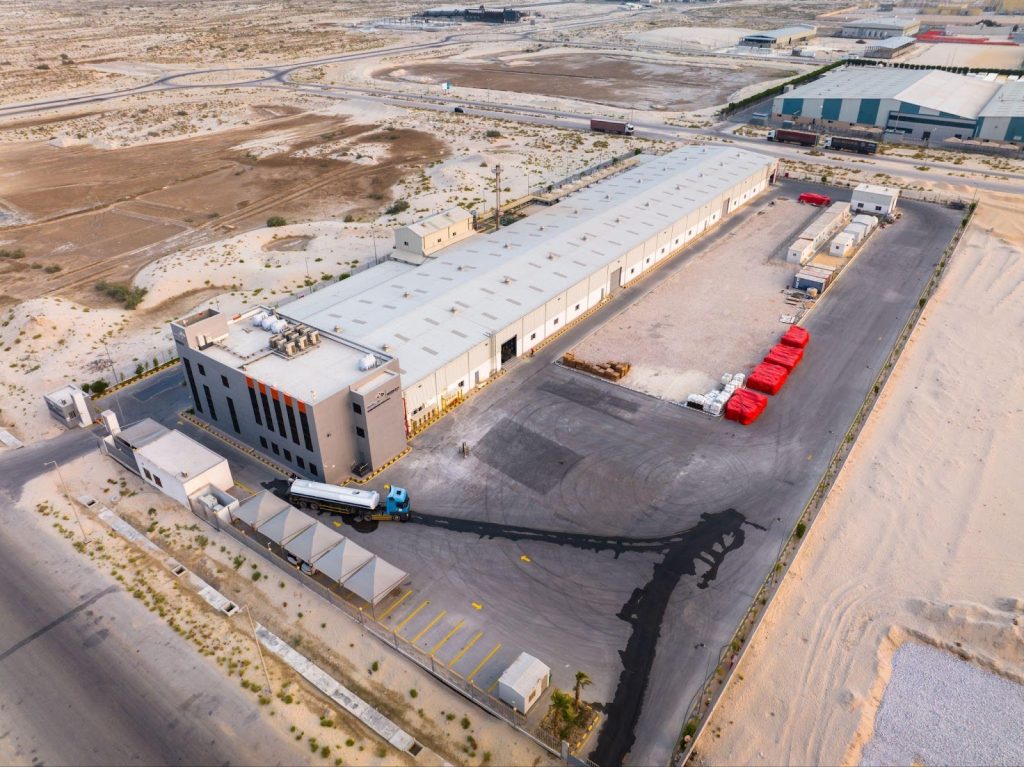In the bustling world of construction, space is often a luxury that professionals can’t afford. Whether it’s an urban development or a tight residential job site, navigating the challenges of limited space is paramount to project success. This guide explores innovative strategies and practical tips for civil engineers, construction managers, and professionals to effectively manage space-constrained construction sites.
- The Importance of Efficient Space Management
- Planning and Pre-Construction Stage
- Material Management Strategies
- Equipment Management and Selection
- Safety Considerations on Space-Constrained Sites
- Enhancing Communication and Coordination
- Leveraging Innovation and Technology
- The Role of Collaboration
- Navigating Regulatory Challenges
The Importance of Efficient Space Management
Efficient space management on construction sites can make or break a project. It directly influences workflow, safety, and the overall productivity of the site. For those working in densely populated areas, mastering these techniques is vital. This post will equip you with the knowledge to optimize your space and ensure your projects run smoothly.
The Impact of Urbanization on Construction Sites
Urbanization has led to an increase in construction projects within cities. These environments pose unique challenges due to limited space and high traffic. Understanding how to work within these constraints is essential for success.
Planning and Pre-Construction Stage
Site Analysis and Assessment
Before any construction begins, thoroughly analyze the site. Identify potential obstacles, such as underground utilities or nearby structures, that could impact your project.
Creating a Detailed Site Plan
A comprehensive site plan should outline all aspects of the project, including material storage, equipment placement, and worker pathways. This helps in maximizing available space and minimizing disruptions.
Utilizing Technology in Planning
Leverage technology like Building Information Modeling (BIM) to create detailed 3D models of the site. BIM allows for better visualization and planning, ensuring every inch of space is utilized optimally.
Material Management Strategies
Just-In-Time Deliveries
Adopt a just-in-time delivery approach to ensure materials arrive only when needed. This reduces on-site storage requirements and minimizes clutter.
Modular Construction Techniques
Consider using modular construction methods. Prefabricated components can be assembled off-site and delivered ready for installation, saving valuable space.
Effective Storage Solutions
Invest in vertical storage solutions and mobile storage units to maximize space. Keep materials organized to prevent waste and improve accessibility.
Equipment Management and Selection
Compact and Versatile Machinery
Utilize compact equipment like mini-excavators and skid-steer loaders. These machines are designed to operate in tight spaces without compromising performance.
Innovative Lifting Solutions
For lifting tasks, consider using a carry deck crane in Utah, a versatile piece of equipment that is perfect for confined areas. Its compact size and maneuverability make it ideal for restricted sites.
Regular Maintenance and Inspections
Regularly maintain and inspect your equipment to ensure it operates efficiently. Well-maintained machinery is less likely to break down, reducing downtime and space usage.
Safety Considerations on Space-Constrained Sites
Clear Signage and Pathways
Clearly mark all pathways and ensure they are free from obstructions. Use signage to guide workers and machinery, reducing the risk of accidents.
Proper Training and Protocols
Provide thorough training for all workers on operating in confined spaces. Establish clear protocols for emergency situations to ensure everyone knows how to react.
Regular Safety Audits
Conduct regular safety audits to identify and address potential hazards. Continuous monitoring and improvement of safety practices are essential.
Enhancing Communication and Coordination
Utilizing Project Management Software
Use project management software to keep track of tasks, deadlines, and worker assignments. This ensures smooth communication and coordination among all team members.
Daily Briefings and Updates
Hold daily briefings to update the team on progress, address any issues, and adjust plans as needed. Keeping everyone informed helps in anticipating and resolving problems quickly.
Coordinating with Stakeholders
Maintain open lines of communication with all stakeholders, including clients, suppliers, and local authorities. This ensures any external constraints are managed effectively and promptly.
Leveraging Innovation and Technology
Drones for Site Surveys
Utilize drones for aerial surveys and site inspections. They provide a comprehensive view of the site, helping in better planning and monitoring.
Wearable Technology for Workers
Equip workers with wearable technology like smart helmets and vests. These devices can monitor health and safety, ensuring a safer working environment.
Real-Time Data and Analytics
Implement real-time data and analytics to monitor site conditions and performance. This allows for quick decision-making and adjustments to improve efficiency.
Adapting to Changing Conditions
Flexibility and adaptability are crucial on space-constrained sites. Being prepared to adjust plans and strategies can help in navigating unexpected challenges.
Contingency Planning
Develop contingency plans for potential issues like weather changes, supply delays, or equipment failures. Having backup plans ensures you can quickly adapt without major disruptions.
Continuous Improvement
Adopt a mindset of continuous improvement. Regularly review and assess your processes to identify areas for enhancement.
Learning from Experience
Learn from past projects and experiences. Analyzing what worked and what didn’t can provide valuable insights for future projects.
The Role of Collaboration
Engaging with Local Communities
Engage with local communities to understand their concerns and requirements. This can help in gaining their support and reducing potential conflicts.
Partnering with Experts
Partner with experts in different fields, such as architects, engineers, and environmental specialists. Their expertise can provide valuable insights and solutions.
Building a Strong Team
Build a strong, cohesive team that works well together. Encourage collaboration and open communication to foster a positive working environment.
Navigating Regulatory Challenges
Regulatory challenges can add complexity to space-constrained projects. Understanding
Understanding Local Regulations
Familiarize yourself with local regulations and requirements. This includes zoning laws, building codes, and environmental regulations.
Engaging with Regulatory Authorities
Engage with regulatory authorities early in the planning process. Building a positive relationship can help in navigating the regulatory landscape more effectively.
Staying Compliant
Ensure all activities comply with regulations. Regularly review and update compliance measures to avoid potential issues.
Navigating space-constrained construction sites requires careful planning, efficient management, and innovative solutions. By understanding the challenges and implementing the strategies discussed in this guide, you can ensure your projects run smoothly and successfully.
Remember, the key to success lies in continuous improvement and adaptability. Stay informed, stay flexible, and always prioritize safety and efficiency. Your efforts will not only lead to successful projects but also contribute to your professional growth and reputation in the industry.
For further assistance or expert guidance, consider reaching out to professional consultants who specialize in managing space-constrained construction sites. They can provide tailored solutions and support to help you achieve your project goals.



